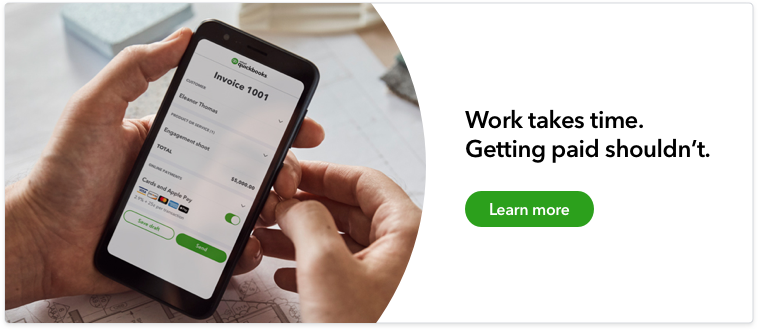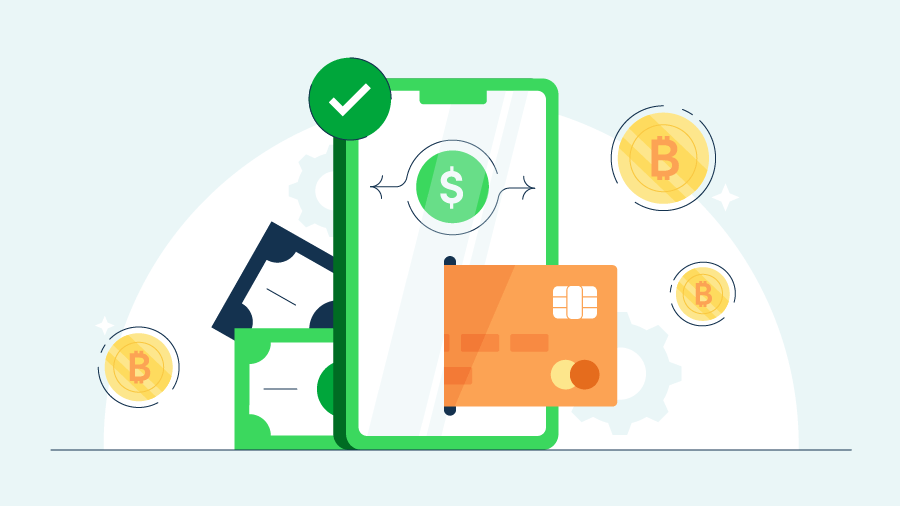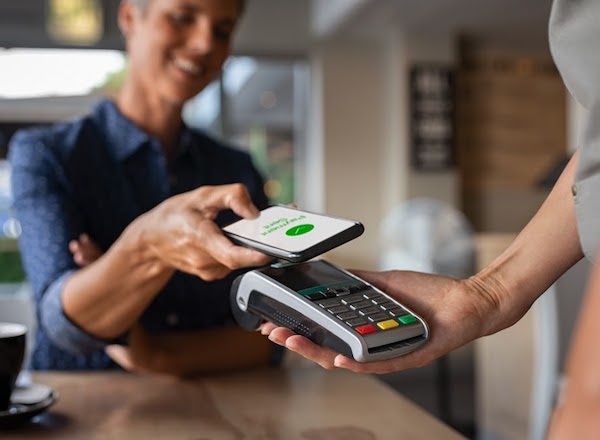Pricing
Before you select a payment processor, take a look at their pricing structure. This includes the size and number of fees involved.
Here are the most common pricing structures for payment processors:
Interchange plus: Some say interchange plus is the most transparent option. That’s because it breaks down what goes to the card-issuing bank (interchange fees) from the processor margin. Sometimes these rates are negotiable. The potential downside to interchange plus pricing is that interchange fees are highly variable, which means the amount you pay for each transaction will also vary.
Flat rate or pure percentage: With a flat rate, business owners pay a fixed percent for all transactions. All of your fees (including interchange fees, percentage fees, assessment fees, etc.) are bundled into a single rate that gets added to your payment processor’s transaction fee. For example, if your bundled rate is 3.2% of the transaction amount and your transaction fee is $.25, that would be 3.2% + $0.25 per transaction. If the sale were $100, you’d pay $3.45 in fees.
Tiered pricing: Tiered pricing is arguably the least beneficial to business owners. In this pricing structure, the payment processor separates those many highly variable interchange fees into three tiers: qualified, mid-qualified, and nonqualified. Eich tier has a different adjustable rate, making it difficult to anticipate how much you’ll pay in fees on each transaction. Remember that issuing banks can vary their fees, depending on factors like your industry or the sale amount.












